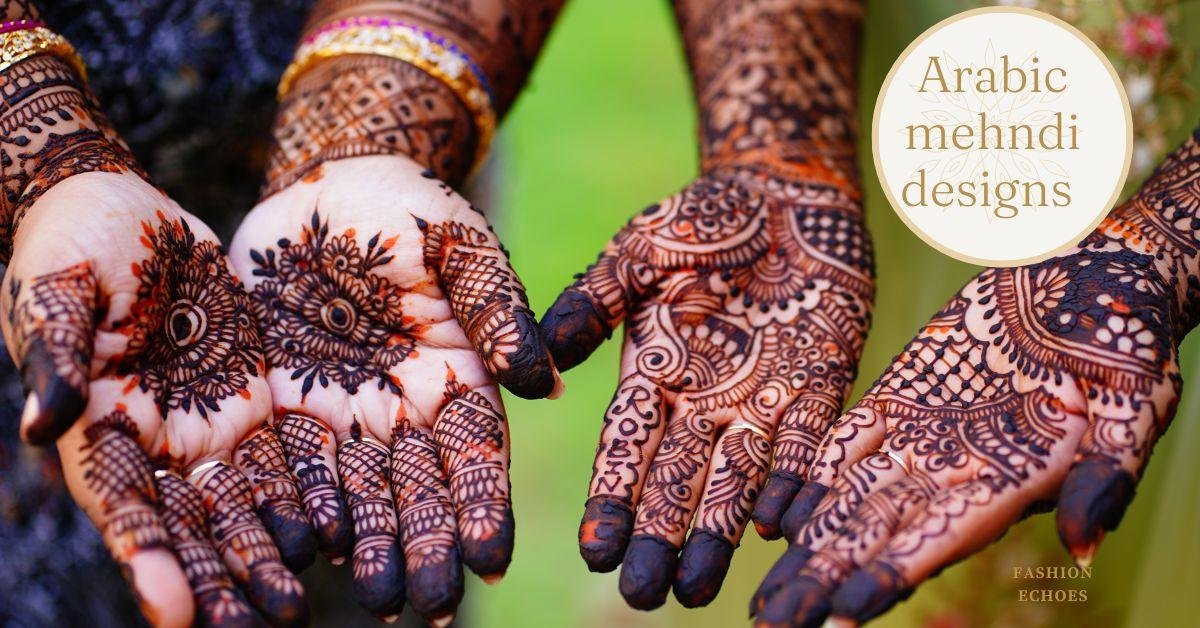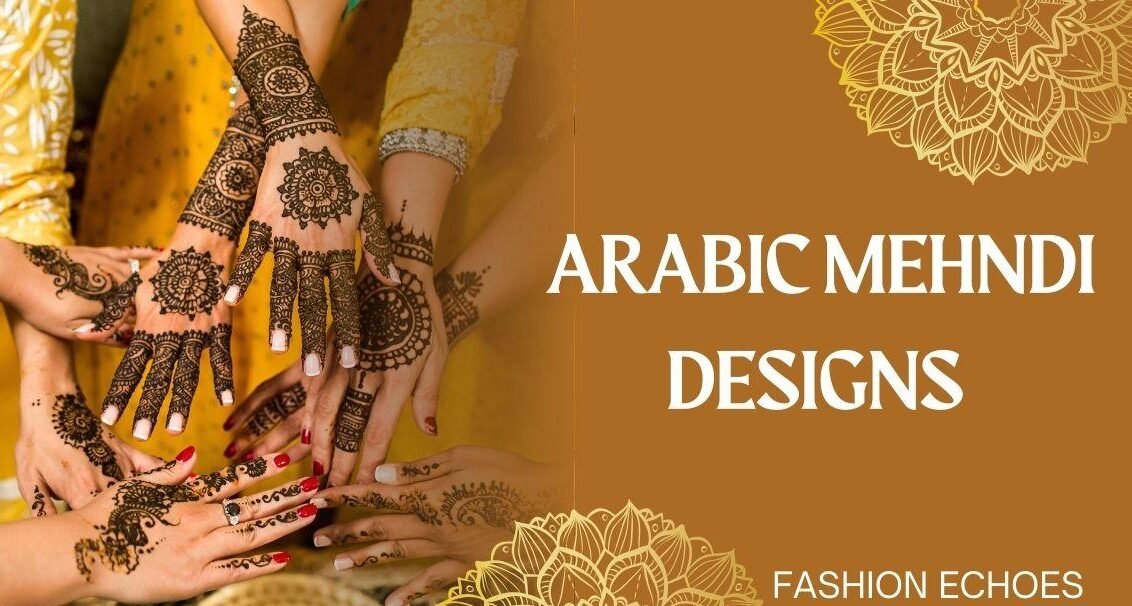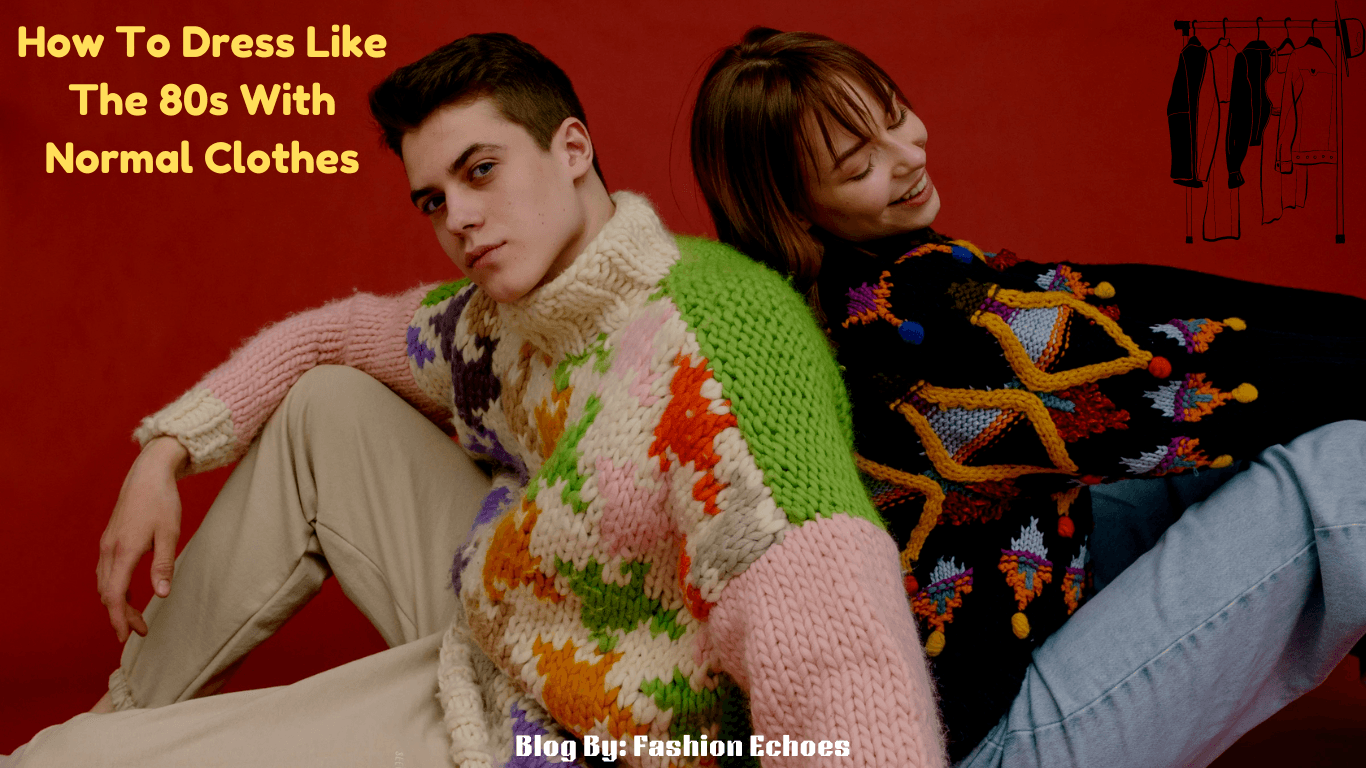History
In recent years, Arabic mehndi design patterns have become increasingly popular! With its modernism and distinctiveness, it breathes new life into the traditional mehndi designs. Arabic mehndi design creates stunning, striking designs by combining geometric patterns with floral artwork.
We discover intriguing mehndi designs every day because of their inventiveness. Arabic mehndi designs are increasingly popular among contemporary brides because they are the simplest to apply and require less downtime. Because they are easier to design, they have a remarkably understated yet sophisticated vibe. We’ve selected some breathtaking Arabic mehndi designs that will leave you speechless. It’s time to store some motivational thoughts!
Arabic mehndi designs are cult popular because of their free-flowing trails and stylish appearance, which give them an unmatched eye-pleasing charm. They have long been a favorite among ladies of all ages. As their name implies, the popular Arabic mehndi designs originated in the Arabian nations and have gradually but undoubtedly won over henna enthusiasts worldwide. Arabic mehndi design design patterns are valued at every event, whether a wedding or a festival.
Design elements of Arabic mehndi:
Arabic mehndi designs are typically applied to the hands and feet but also look great on the back. Free-flowing diagonal trails, paisleys, and floral artwork are the main design elements of Arabic mehndi. Other popular elements of Arabic mehndi designs include leafy motifs, patterns influenced by architecture, and tidy checkered groupings. The stronger strokes used in the application of the Arabic mehndi technique make this henna style more noticeable and eye-catching.
In the Arabic mehndi designs technique, empty spaces are especially crucial since they make the patterns and motifs stand out even more. Arabic mehndi designs seem sophisticated. The unique flowery and leafy designs that flow freely and entwine to create a new trail in Arabic mehndi designs give them a vibrant appearance and give the impression that life is sprouting from them.

Best Arabic Designs for Mehndi:
Arabic mehndi designs have been in vogue since the beginning of time, and they are not expected to go out of style anytime soon. Arabic mehndi patterns are beautiful because they incorporate all the new aspects that emerge over time and continue to evolve.
Bold Arabic Mehndi Patterns:
Regarding weight, Arabic mehndi designs typically fall somewhere in the middle. However, intricate designs highlight the genuine beauty of this henna application approach. Take a look at these intricate bridal mehendi designs. They will make you fall in love!
A woman who thinks the little things are beautiful and that less is more. The stunning Arabic mehndi design that debuted in the Indian wedding fashion industry a few years ago and has since become popular is the perfect example of this beauty. Beginning from the tip of your finger, the Arabic mehndi designs gracefully cascade down your hand and occasionally your forearm. These lovely Arabic mehndi designs typically have intricate and striking patterns, such as vine-like and floral motifs! The Arabian mehandi design is renowned for its simplicity compared to other henna designs because it frequently exposes more skin.
The nation’s talented mehndi artists have spent years perfecting the fundamental Arabic mehndi designs, resulting in the vast array we see today! A committed group of wedding fashion specialists gathered to compile the best designs from each category and present you with fresh and original Arabic mehndi patterns! Choose the most outstanding Arabic mehndi designs for yourself by taking a peek!
New Arabic Mehndi Designs to Get You in the Festive Spirit:
For many years, Arabic mehndi designs have dominated the Indian wedding fashion industry! In addition to being incredibly imaginative, the patterns also take much less work than traditional Indian henna art. Arabic mehndi has seen a massive transformation in the Indian fashion industry over the years, mainly due to the inventiveness and commitment of mehndi artists. Come with us as we examine the newest styles of Arabic mehndi design that are all the rage right now!

Basic Arabic Mehndi design. There’s just something about keeping it basic that has a charm all its own—something the fancier options can’t quite capture. Women in the modern world love to embrace this charm when they’re heading out to celebrate on festive occasions in India. This Simple Paisley and floral Mehndi Design is So Swoon-Worthy!
Mehndi is a temporary skin-decoration technique using a henna-based paste. Although it is not a permanent tattoo, it is frequently referred to as a henna tattoo in the West.
Popular in South Asia, mehndi is a type of body art comparable to henna traditions in North Africa, East Africa, and the Middle East. South Asian languages have a wide variety of names for mehndi.
Various Patterns and Styles:
Mehndi, also called henna, comes in various patterns and styles. Women customarily apply mehndi to their hands and feet during festivities, but certain people, such as cancer patients and women with alopecia, may also choose to adorn their scalps. Rich brown is the most common henna colour.
Both Hindu and Muslim weddings in South Asia involve the application of mehndi to the body. Hindu women apply mehndi during holidays such as Karva Chauth, Vat Purnima, Diwali, Bhai Dooj, Navratri, Durga Puja, and Teej. Muslim women apply mehndi on special occasions such as Eid al-Fitr and Eid al-Adha.
At Hindu and Sikh festivals, women frequently get henna applied to their hands, feet, and occasionally the backs of their shoulders. On the other hand, males typically apply it to their chest, back, arms, and legs.
Usually, a stick, paintbrush, or plastic cone is used to apply mehndi paste to the skin. The mud will dry and crack 15 to 20 minutes after application. To lock in body heat and produce a more intense colour on the skin, the painted region is then covered in tissue, plastic, or medical tape. This non-traditional technique involves wearing the wrap for two to six hours or overnight before taking it off.

Colour Combination:
The henna design gradually darkens over 24 to 72 hours due to oxidation from its initial pale to dark orange tint. Depending on the type and quality of henna paste used and the body area where it was applied, the final colour is reddish brown and can last anywhere from one to three weeks (thicker skin stains darker and more prolonged than thin skin).
In Bangladesh, Afghanistan, Pakistan, and India, mehndi is a popular ceremonial art form. It is usually used at Sikh, Muslim, and Hindu brides’ weddings. Designs for grooms in Rajasthan are frequently just as ornate as those for brides. In Assam, unmarried women utilize it extensively at Rongali Bihu, in addition to marriage.



